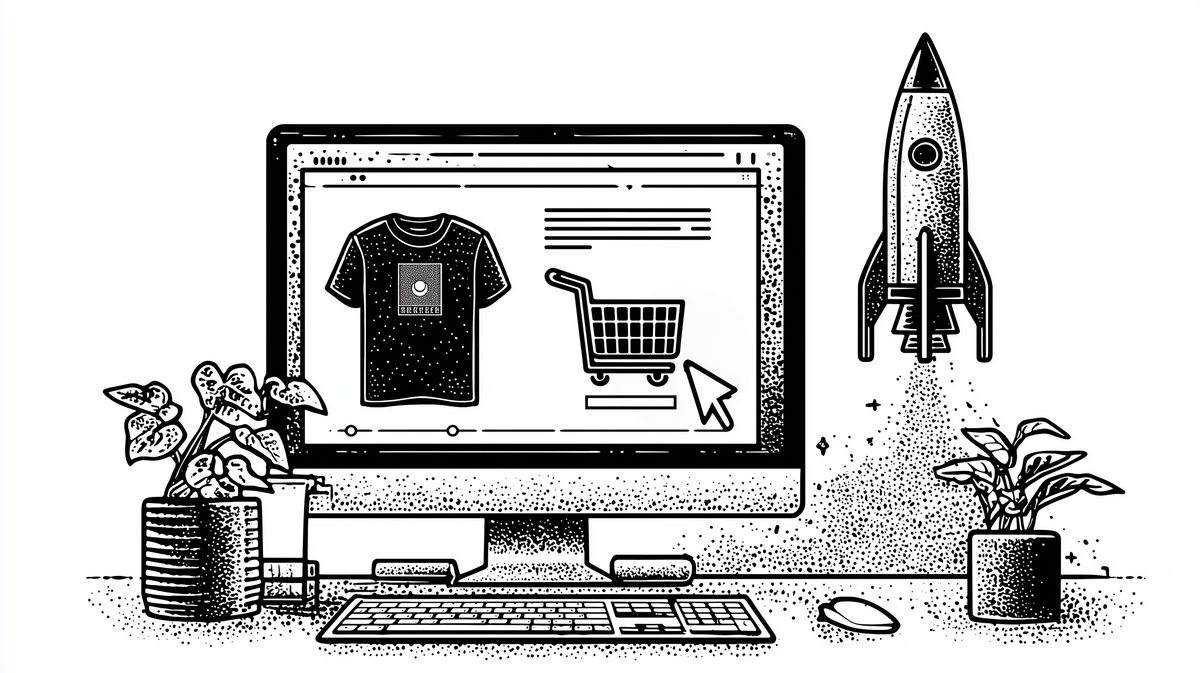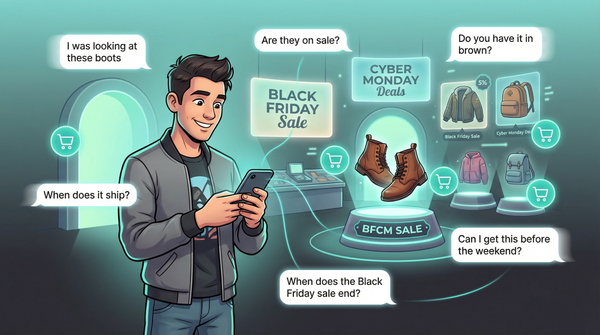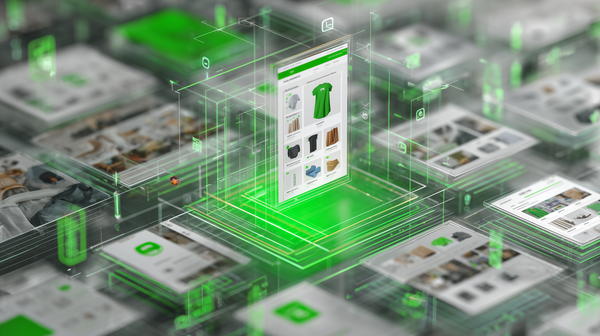Shopify’s Q2 Surprise: Consumers Are Still Buying—Even at Higher Prices

Shopify’s latest earnings aren’t just good—they’re a reset on how we talk about DTC in 2025.
In Q2, Shopify posted a 31% revenue surge to $2.68B, with GMV up 16% QoQ to $87.8B (Shopify). Most notable: many merchants raised prices without hurting sales. That includes small brands under $2M in GMV, who were among the fastest-growing segments on the platform (Reuters, BetaKit).
Shopify $SHOP is absolutely crushing it. Q2 2025 results are out.
— Matthew Hertz (@mattahertz) August 6, 2025
✅GMV: $87.8 billion, up 31% YoY
✅Revenue: $2.68 billion up 31% YoY
✅ Gross profit: $1.3 billion, up 25% YoY
✅Operating income: $291 million, up 21% YoY
Stock almost back to it's peak 2021 pandemic high 😮 pic.twitter.com/qieB7MfUF5
(Source, X)
In a climate dominated by inflation headlines, tariff anxiety, and margin pressure, this is the rare quarter that gives DTC operators real optimism—and tactical lessons.
Demand Isn’t Just Holding. It’s Accelerating.
Shopify’s CFO Jeff Hoffmeister didn’t mince words on the call:
“We’ve seen no drop in U.S. demand.” (Yahoo)
Sales actually accelerated in Q2, with growth across North America, Europe, and APAC.
Amazon told a similar story. Q2 revenue jumped 13% YoY to $167.7B, with online store sales up 11%—even as the company noted “no meaningful rise in prices” by sellers (GeekWire, Reuters).
So what’s driving the spending?
- A strong labor market is putting money in people’s hands.
- After two years of elevated inflation, price hikes no longer feel shocking.
- Core categories—essentials, daily rituals, low-stakes luxuries—are outperforming.
If you’re still seeing softness, it might not be the market—it might be your positioning.
Pricing Power Is Back. Some Brands Are Using It Well.
One of Q2’s biggest headlines: many Shopify merchants raised prices and saw no drop in conversion. That includes indie brands with sub-$2M GMV, not just whales.
Walter Haas, co-owner of Graffeo Coffee, summed it up:
“When we raised prices, we saw no drop in sales—online, in-store, or wholesale.”
His take? People will skip breakfast before giving up premium coffee (Quartz).
Even the Girl Scouts bumped cookie prices from $5 to $6—with “little to no drop” in Thin Mint sales (Hightower).
The lesson: if your product is part of someone’s habit or identity, you have more room to move on price—especially if you communicate why. Shopify itself is now tracking merchant price increases against inflation, and noted that most are staying reasonable.
That said, pricing power isn’t universal. As one fashion founder told Glossy, “People are tired. Everything’s more expensive and yet wages are stagnant.” If your audience is price-sensitive or your brand promise feels hollow, you’ll hit resistance.
But for DTC brands with loyalty and a clear story? A 5–10% price increase on your core SKUs might be exactly what you need to protect margins heading into Q3.
The Amazon Benchmark: High Demand, Flat Pricing
While Shopify merchants flexed price, Amazon sellers mostly didn’t—but still saw double-digit growth. That contrast reveals two truths:
- On Amazon, category competition and price pressure remain intense.
- Shopify brands can raise prices—but only if they’re offering something Amazon can’t: story, community, uniqueness.
Also worth noting: Amazon’s Q2 ad revenue jumped 23% YoY. If Meta feels more expensive lately, it’s not your imagination. Demand is hot across the board.
Tariffs Are a Headwind—but Not a Wall
Despite U.S. policy changes, Shopify execs said the platform saw “no meaningful changes” in cross-border buying. Only 4% of GMV came from orders previously protected under the de minimis duty exemption (BetaKit).
Meanwhile, two trade developments in July brought some stability:
- The U.S. and EU agreed to cap tariffs at 15% instead of 30%+. (Reuters)
- A tariff truce with China was extended beyond August. (Reuters)
That’s a green light for DTC brands going global. Yes, existing tariffs remain. But the risk of a surprise 25%+ hike seems lower now than it did in Q1.
Savvy operators are already hedging by diversifying suppliers, nearshoring to Mexico, or setting up fulfillment hubs closer to international customers.
What Smart DTC Brands Did Right in Q2
Here’s what separated the winners this quarter:
1. Nudged prices, didn’t shock the customer.
Price hikes worked best when they were modest (5–10%), strategic (on bestsellers), and well-communicated.
2. Leaned into loyalty.
Brands with real retention didn’t fear raising prices. If your CX is dialed, you have room to move.
3. Reallocated—not reduced—ad spend.
Top brands didn’t go dark; they got smarter. Amazon’s 23% ad revenue spike confirms it: acquisition is still working, but creative and targeting matter more than brute force.
4. Doubled down on hero SKUs.
Simplifying product mix and pushing bundles helped drive AOV without needing new customers.
5. Stayed operationally nimble.
Brands with flexible supply chains and fulfillment setups adapted to tariff shifts without missing a beat.
What Q3 Looks Like From Here
Shopify expects Q3 growth in the “mid-to-high 20s%,” and with back-to-school and early holiday promos kicking in, it’s plausible. But operators should be cautious—not complacent.
As Publicis’ CEO put it recently:
“Pricing power is stretched thin” (Modern Retail).
There’s only so much a customer will take before value perception breaks down.
If you’ve been testing price increases, now’s the time to monitor conversion, returns, and sentiment. Don’t wait for Q4 to course correct.
Also: Amazon projects Q3 sales of $174–179B. They’re not slowing down—and your customer’s expectations around speed, price, and convenience are only going up.
The Bottom Line
Q2 showed that well-run DTC brands can still grow—even with higher prices, shifting trade policies, and rising ad costs. But the window for easy wins is narrow.
If you’ve got product-market fit, brand equity, and retention? Lean in.
If you’re coasting on vibes and discounting your way to growth? Time’s up.
Smart pricing isn’t just a lever—it’s a test of how much your customer trusts you.
Subscribe for weekly DTC insights.




